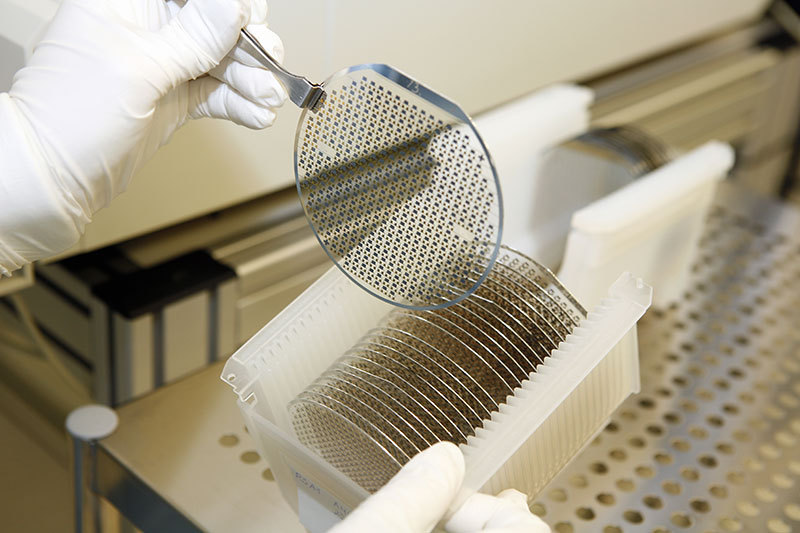

|
Edward Lowton
Editor |


|
| Home> | Plant, Process & Control | >Sensors and instrumentation | >On a mission to Mars |
On a mission to Mars
18 March 2016
Vaisala humidity and pressure sensors are heading for Mars, incorporated in instrumentation built by the Finnish Meteorological Institute.

The European Space Agency established the ExoMars programme in cooperation with the Russian Federal Space Agency, Roscosmos, and the spacecraft launched on 14th March, 2016
The spacecraft consists of two modules: the Trace Gas Orbiter, which will stay in orbit around Mars for a longer time; and the landing module called Schiaparelli, which will investigate the Martian soil. ExoMars will investigate the Martian environment and test new technologies, paving the way for a future Mars sample return mission. The spacecraft is estimated to reach its destination in October 2016, following some seven months of travel.
Vaisala has provided the ExoMars 2016 mission with standard Vaisala Humicap humidity sensors, and two different, specially customised Vaisala Barocap pressure sensors. The pressure sensors were verified at Vaisala to enable the measurement of extremely low pressures on Mars.
The humidity sensor and the smaller pressure sensor are used in Vaisala radiosondes in meteorological measurements, while the larger pressure sensor is used in process measurements.
"The Finnish Meteorological Institute (FMI) has been using Vaisala sensors for space research thanks to their stability," says Vaisala principal scientist Tomi Salo: "Our sensors are very stable. Users can trust that the changes indicated by our sensors, are the real changes in the measured environmental conditions."
The FMI incorporated Vaisala sensors in their space instruments, which they developed specifically for the ExoMars Mission. The FMI instruments are a part of the small environmental observation station DREAMS onboard Schiaparelli, with the purpose of measuring local environmental conditions at the landing site.
The ExoMars aims to explore methane and other Martian atmospheric trace gases and their sources and sinks. These could be signatures of active biological or geological processes. The investigations include also the first measurements of electric fields on the surface of Mars, and the search for evidence of the past and present life on Mars, as well as investigating the daily variations of the water and the geochemical environment.

















